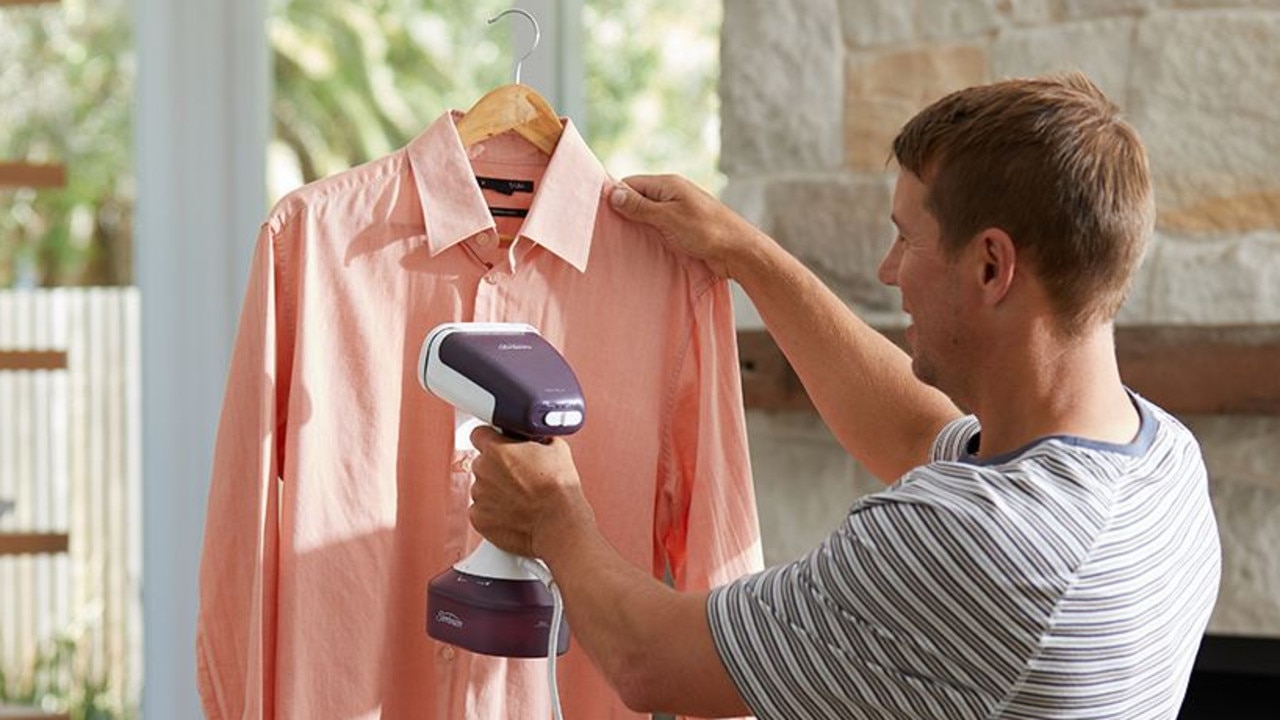

Articles
How Do Clothing And Fabric Steamers Work
Modified: October 20, 2024
Discover how steamers work and their benefits in this informative article that explains the ins and outs of steaming. Gain insights on using steamers for various purposes, from cooking to garment care.
(Many of the links in this article redirect to a specific reviewed product. Your purchase of these products through affiliate links helps to generate commission for Storables.com, at no extra cost. Learn more)
How Does a Steamer Work?
Steamers are versatile appliances commonly used for removing wrinkles and freshening up clothing, curtains, and other fabric items. They work by utilizing the power of steam to relax the fibers of the fabric, allowing for easy removal of creases and a quick refresh. Let’s dive deeper into how steamers work and why they have become a popular alternative to traditional ironing methods.
When you pour water into the steamer’s reservoir and turn it on, the device starts heating the water to generate steam. This steam is then released through a nozzle or a series of small holes in the steamer head. As the steam comes into contact with the fabric, it penetrates the fibers, loosening the wrinkles and making them easier to smooth out.
The high temperature of the steam relaxes the fabric’s fibers, making them more pliable. This eliminates the need for physically pressing down on the fabric, unlike with traditional irons. Additionally, steam can kill certain bacteria and remove odors from garments, leaving them fresh and sanitized.
Steamers come in various types, including handheld steamers, standing steamers, and travel steamers. Handheld steamers are compact and lightweight, making them convenient for travel and quick touch-ups on the go. Standing steamers, on the other hand, are larger and more powerful, suitable for steaming multiple garments at once or handling larger items like curtains or upholstery.
One of the main advantages of using a steamer is its ease of use. Unlike traditional irons, which require an ironing board and a flat surface, steamers can be used while garments are hanging or draped. This is especially beneficial for delicate fabrics that may be damaged by direct contact with an iron’s hot plate.
Another advantage is the speed of steaming. With ironing, you have to wait for the iron to heat up, position the garment properly, and press and slide the iron across the fabric. With a steamer, you can simply run the nozzle over the garment, and the steam quickly relaxes the fibers, removing wrinkles in a fraction of the time.
Despite their many advantages, steamers do have some limitations. They may not be as effective on heavy fabrics or deep creases, as these require more direct heat and pressure to remove. Additionally, steamers can sometimes leave garments slightly damp, so it’s important to allow them to dry fully before wearing or storing them.
Here are some tips for using a steamer effectively:
- Select the appropriate steamer for your needs, considering the size, power, and features.
- Hang your garment on a hanger or use a garment rack to provide easy access while steaming.
- Hold the steamer nozzle a few inches away from the fabric and move it in a downwards motion to eliminate wrinkles.
- If encountering stubborn wrinkles, you can use a steamer brush attachment to gently brush the fabric while steaming.
- Always follow the manufacturer’s instructions and recommendations for steaming different fabric types.
Overall, steamers offer a convenient and efficient way to maintain wrinkle-free clothing and fabrics. Whether at home or on the go, a steamer can be a valuable addition to your laundry routine, allowing you to easily refresh your garments without the need for an ironing board or excessive heat.
Before using a steamer, it’s important to read and understand the instructions provided by the manufacturer. With proper care and usage, your steamer can provide effective wrinkle removal and garment rejuvenation for years to come.
Key Takeaways:
- Steamers use the power of steam to relax fabric fibers, providing a gentle and efficient alternative to traditional ironing methods. They offer convenience, versatility, and the ability to freshen up and sanitize garments.
- While steamers offer numerous benefits such as time-saving and gentle fabric care, it’s important to consider their limitations, including effectiveness on heavy fabrics and the potential for garments to be left slightly damp. Regular cleaning and maintenance are essential for optimal performance.
Read more: How Do Steamer Baskets Work
Introduction
A steamer is a versatile appliance that has revolutionized the way we handle clothing and fabric care. Gone are the days of struggling with a traditional iron and ironing board and dealing with stubborn wrinkles. Steamers provide a convenient and effective solution for removing wrinkles, freshening up garments, and even sanitizing fabrics.
With the power of steam, steamers offer a gentler approach to garment care compared to traditional ironing methods. The process involves heating water to produce steam, which is then applied to fabric to relax the fibers. As a result, wrinkles and creases are effortlessly smoothed out, leaving garments looking fresh and wrinkle-free. In addition to improving appearance, steamers can also eliminate odors and kill certain bacteria, making them a handy tool for maintaining cleanliness.
Steamers come in different shapes and sizes to cater to various needs. Handheld steamers are small, portable, and perfect for quick touch-ups while on the go. Standing steamers are larger and more powerful, designed to tackle multiple garments at once or handle larger fabric items like curtains and upholstery. Travel steamers are specifically designed with compactness in mind, making them ideal for frequent travelers or those with limited storage space.
Steamers have gained popularity among individuals who seek efficiency and convenience in their garment care routine. One of the major advantages of using a steamer is its ease of use. Unlike traditional irons that require an ironing board and a flat surface, steamers can be used while garments are hanging or draped. This not only saves time but also reduces the risk of damaging delicate fabrics due to direct hot plate contact.
Another key advantage of steamers is the speed at which they remove wrinkles. Unlike ironing, which involves multiple steps and waiting for the iron to heat up, steamers heat the water quickly, and the steam is ready for immediate use. With a steamer, a simple swipe of the nozzle over the fabric quickly relaxes the fibers and eliminates wrinkles in a fraction of the time.
Despite their many advantages, it’s important to be aware of the limitations of steamers. While they can effectively handle most fabrics and wrinkles, heavy fabrics and deep, stubborn creases may require more direct heat and pressure to remove. Additionally, steamers may leave garments slightly damp, so it’s crucial to allow them to dry fully before wearing or storing them.
In the following sections, we will delve deeper into the functioning mechanism of steamers, explore the different types available in the market, discuss their advantages and disadvantages, provide useful tips for using steamers effectively, and address some common questions about these versatile appliances.
Overview of Steamers
Steamers have become a popular choice for individuals looking for a convenient and efficient method to remove wrinkles and freshen up their garments. These appliances utilize the power of steam to eliminate creases and rejuvenate fabrics without the need for direct contact or the use of an ironing board. Let’s take an overview of the key features and components of steamers.
The main components of a steamer include a water reservoir, a heating element, steam vents or nozzles, and a control panel or switch. The water reservoir is where you pour water that will be heated to generate steam. The heating element, usually located at the base of the steamer, is responsible for warming the water to produce steam. As the water heats up, the steam rises and is directed through the steam vents or nozzles to the fabric.
Steamers come in various sizes and designs to cater to different needs. Handheld steamers are compact and lightweight, allowing for easy maneuverability and portability. They are perfect for quick touch-ups on garments, curtains, or upholstery. Standing steamers, also known as garment steamers, are larger and more powerful. They often come with a vertical pole and a hanger, allowing you to hang garments while steaming them. Standing steamers are suitable for steaming multiple garments at once or handling larger fabric items like curtains or drapes.
In addition to traditional steamers, there are also travel steamers, which are specifically designed for portability. These compact steamers are lightweight and often foldable, making them convenient for frequent travelers or those with limited storage space.
Most steamers offer customizable features that allow users to adjust the steam intensity and temperature based on their needs. Some steamers come with additional attachments, such as crease brushes or fabric brushes, that help in targeting specific areas or fabric types. These attachments can enhance the steaming process and provide more effective wrinkle removal.
When selecting a steamer, it is important to consider factors such as the size of the water reservoir, the power of the steamer, the availability of adjustable settings, and the overall build quality. A larger water reservoir will allow for longer steaming sessions without the need to refill frequently. Higher wattage or power output can result in faster and more efficient steam generation. Adjustable settings provide greater control and flexibility, allowing users to steam different fabric types without causing damage.
Overall, steamers offer a convenient and effective way to remove wrinkles and freshen up garments. The variety of designs and features available in steamers ensures that there is a suitable option for everyone’s needs and preferences. In the next section, we will explore the functioning mechanism of steamers in more detail to better understand how they work.
The Functioning Mechanism
The functioning mechanism of a steamer revolves around the production and release of steam to relax the fibers of the fabric and remove wrinkles. Let’s take a closer look at how steamers work.
When you pour water into the steamer’s water reservoir and turn it on, the heating element starts to warm up the water. As the water heats up, it transforms into steam. The steam then rises and is channeled through the steam vents or nozzles in the steamer head.
When the steam comes into contact with the fabric, it penetrates the fibers and begins to loosen the wrinkles. The high temperature of the steam relaxes the fabric’s fibers, making them more pliable and easier to smooth out. This process is called “steaming.”
The steamers are designed to emit a continuous flow of steam as long as there is water in the reservoir. This allows for efficient and consistent steaming without interruptions. The steam can be directed to specific areas of the fabric by adjusting the position of the steamer head or using specialized attachments that focus the steam in a targeted manner.
One advantage of steamers over traditional irons is that you can use them on garments without the need for an ironing board. You can simply hang the garment or drape it over a hanger or another suitable surface. This makes the steaming process more convenient and time-saving, especially when dealing with delicate fabrics that may be damaged by direct contact with an iron’s hot plate.
In addition to removing wrinkles, steam can also help eliminate odors and sanitize fabrics. The high temperature of the steam can kill certain bacteria and remove unpleasant smells, leaving your garments fresh and clean.
It’s important to note that while steamers can effectively remove wrinkles from most fabrics, they may not be as effective on heavy fabrics or deep creases. These may require more direct heat and pressure, which can be achieved with traditional ironing methods. However, for everyday wrinkle removal and gentle fabric care, steamers provide an efficient and versatile solution.
Now that we have a clear understanding of the functioning mechanism of steamers, let’s explore the different types of steamers available in the market in the next section.
Types of Steamers
Steamers come in various types, each designed to cater to different needs and preferences. Understanding the different types of steamers available in the market can help you choose the one that best suits your requirements. Let’s explore the most common types of steamers below.
1. Handheld Steamers: Handheld steamers are compact, portable, and perfect for quick touch-ups and on-the-go use. They are lightweight and easy to maneuver, making them convenient for removing wrinkles from clothing, curtains, or upholstery. Handheld steamers are often smaller in size and have a smaller water reservoir, making them more suitable for spot treatments or small areas. They are an ideal choice for travelers or individuals who need a steamer for occasional use.
2. Standing Steamers: Also known as garment steamers, standing steamers are larger and more powerful compared to handheld models. These steamers typically consist of a vertical pole with a hanger attachment, allowing you to hang garments while steaming them. Standing steamers are designed for larger steaming tasks, such as multiple garments or larger fabric items like curtains or drapes. They often come with a larger water reservoir, providing extended steaming sessions without the need for frequent refills.
3. Travel Steamers: Travel steamers are specifically designed with portability in mind. These steamers are compact, lightweight, and often foldable, making them easy to pack and carry while traveling. They offer the convenience of wrinkle removal on the go, allowing you to maintain neat and fresh-looking garments even when away from home. Travel steamers are suitable for individuals who frequently travel or for those who have limited storage space in their homes.
4. Professional Steamers: Professional steamers are heavy-duty models commonly used in commercial settings, such as clothing stores or dry cleaning facilities. These steamers are designed to handle high volumes of steaming and offer advanced features to cater to the needs of professionals. Professional steamers are typically larger in size, more powerful, and equipped with additional features for efficient and consistent wrinkle removal.
5. Multi-Purpose Steamers: Multi-purpose steamers are versatile appliances that offer more than just wrinkle removal. They are equipped with various attachments and functions, allowing them to perform tasks other than steaming clothes. These steamers can be used for cleaning and sanitizing surfaces, refreshing upholstery, removing wallpaper, and more. Multi-purpose steamers are a great choice for individuals looking for a versatile appliance that can handle a wide range of tasks.
When choosing a steamer, consider your specific needs, the type of garments or fabrics you frequently steam, and the portability or storage requirements. Each type of steamer has its advantages and limitations, so it’s important to select the one that aligns with your lifestyle and preferences.
In the next section, we will explore the advantages of using a steamer over traditional ironing methods, highlighting why steamers have become a popular choice for fabric care.
When using a steamer, make sure to fill the water reservoir with distilled water to prevent mineral buildup and ensure a longer lifespan for the steamer.
Read more: How To Clean A Conair Fabric Steamer
Advantages of Using a Steamer
Steamers offer several advantages over traditional ironing methods, making them a popular choice for individuals looking for a convenient and efficient way to remove wrinkles and freshen up their garments. Let’s explore the key advantages of using a steamer below:
1. Gentle on Fabrics: One of the major advantages of using a steamer is that it is gentle on fabrics. Unlike traditional irons that require direct contact with the fabric and can potentially damage delicate materials, steamers do not touch the fabric directly. The steam penetrates the fibers, relaxing them and removing wrinkles without the risk of causing burns, scorch marks, or shiny patches on the fabric.
2. Time-Saving: Steamers are known for their speed and efficiency. With traditional ironing, you need to wait for the iron to heat up, position the garment properly, and press and slide the iron across the fabric. In contrast, steamers heat up quickly, and the steam is ready for use almost instantly. With a simple swipe of the steamer nozzle over the fabric, wrinkles are quickly relaxed, saving you time and effort in the process.
3. Versatility: Steamers are versatile appliances that can be used on a wide range of fabrics and garments. They are effective in removing wrinkles from clothing, curtains, upholstery, and other fabric items. Steamers can be used on delicate fabrics, such as silk or chiffon, as well as on heavier fabrics like cotton or linen. They can also refresh and sanitize fabrics, eliminating odors and certain bacteria, leaving garments looking and smelling fresh.
4. Ease of Use: Another advantage of steamers is their ease of use. With steamers, there is no need to set up an ironing board or find a flat surface for ironing. You can simply hang the garment or drape it over a hanger or any suitable surface. This convenience makes steamers a preferred choice for individuals with limited space or those who wish to streamline their garment care routine.
5. Reduces Risk of Damage: Using a steamer reduces the risk of accidental damage to garments. Traditional ironing, especially with steam irons, can sometimes cause water drips or leaks that can leave marks on fabrics. Steamers, on the other hand, produce steam continuously without the risk of any water leakage. This makes them safer to use and eliminates the chances of water stains or any other damage to your clothes.
6. Ideal for Delicate Fabrics: Delicate fabrics such as silk, satin, or lace require extra care during the wrinkle removal process. Steamers provide a gentle and effective solution for these fabrics. The steam relaxes the fibers without putting excessive pressure or heat on the fabric, ensuring the integrity and quality of the delicate materials remain intact.
7. Portable Options Available: Steamers come in various sizes, including handheld and travel-friendly options. Handheld steamers are portable and lightweight, making them convenient for travel or quick touch-ups on the go. Travel steamers are specifically designed for portability and can easily fit into your luggage. These portable options allow you to maintain wrinkle-free garments even when you are away from home.
With their gentle approach, time-saving benefits, versatility, and ease of use, steamers have gained popularity among individuals looking for an efficient and convenient way to remove wrinkles and freshen up their garments. In the next section, we will explore the disadvantages and limitations of steamers to provide a balanced view of these appliances.
Disadvantages and Limitations
While steamers have numerous advantages, it is important to consider their disadvantages and limitations to make an informed decision about their usage. Let’s explore some of the potential drawbacks below:
1. Ineffective on Heavy Fabrics: While steamers are generally efficient at removing wrinkles from most fabrics, they may not be as effective on heavy materials or deep creases. Heavy fabrics tend to require more direct heat and pressure to eliminate wrinkles, which can be achieved more effectively with traditional ironing methods. If you frequently deal with thick or heavy garments, a steamer may not provide the desired results.
2. Limited Control on Temperature: Unlike irons that allow precise temperature adjustment, steamers typically have limited control over the steam temperature. Most steamers operate at a single temperature setting suitable for a wide range of fabrics. While this is generally safe for most materials, it may not be ideal for fabrics that require specific temperature control, such as delicate or heat-sensitive fabrics.
3. Dampness and Drying Time: One disadvantage of using steamers is that they can leave garments slightly damp. The high-pressure steam can introduce moisture to the fabric, which may necessitate additional drying time before wearing or storing the garments. It is important to ensure that the garments are thoroughly dried to avoid any potential issues, such as mold or mildew growth.
4. Not Suitable for Sharp Creases: If you prefer crisp and sharp creases in your garments, a steamer may not be the best tool for achieving that look. Steamers are designed to relax the fibers and remove wrinkles, which results in a more natural and relaxed appearance. If you require defined and precise creases, traditional ironing methods may be more suitable.
5. Limited Portability on Larger Models: While handheld and travel steamers provide excellent portability, larger and more powerful standing steamers may lack the same level of convenience. These standing steamers often come with a larger size and bulkier design, making them less portable and not suitable for frequent travel or for individuals with limited storage space.
6. Requires Regular Cleaning and Maintenance: To keep your steamer in optimal working condition, regular cleaning and maintenance are necessary. Steamers can accumulate mineral deposits from the water, which can affect performance over time. It is important to follow the manufacturer’s instructions for proper cleaning and descaling to ensure longevity and efficiency.
7. Steaming Large or Heavy Items Can be Challenging: While steamers excel at steaming individual garments, they may pose challenges when it comes to steaming larger fabric items like curtains or upholstery. The size and weight of these items can make it difficult to maneuver the steamer effectively, potentially leading to inconsistent or uneven steaming results.
Despite these limitations, steamers remain an effective and convenient alternative to traditional ironing methods. Evaluating your specific needs, fabric types, and desired results will help you determine whether a steamer is the right choice for your garment care routine.
In the next section, we will provide some useful tips for using a steamer effectively to achieve optimal wrinkle removal and fabric rejuvenation.
Tips for Using a Steamer
To ensure the best results and optimal performance when using a steamer, it’s helpful to follow these tips and guidelines:
- Read the instructions: Before using a steamer, familiarize yourself with the manufacturer’s instructions. Different steamers may have specific guidelines or features that are unique to their model.
- Use distilled or filtered water: To prevent mineral buildup and potential clogging, it’s recommended to use distilled or filtered water in your steamer. This helps maintain the longevity and performance of the appliance.
- Hang or drape the garment: Hang the garment on a hanger or use a garment rack to have it easily accessible while steaming. This allows for a smoother and more convenient steaming process.
- Steam from top to bottom: Begin steaming from the top of the garment and work your way down, gradually removing wrinkles as you go. This ensures that any wrinkles that may fall onto lower sections are addressed effectively.
- Maintain a distance: Hold the steamer nozzle a few inches away from the fabric to allow the steam to penetrate evenly. This prevents excessive moisture buildup and reduces the risk of water droplets forming on the fabric.
- Steam in a downward motion: Move the steamer nozzle in a downward motion, following the natural flow of the fabric. This helps relax the fibers more effectively and produces better wrinkle removal results.
- Use attachments for delicate fabrics: For delicate fabrics, such as silk or lace, use a fabric brush attachment that comes with some steamers. The brush attachment helps to protect the delicate fibers while steaming, ensuring gentle and safe wrinkle removal.
- Target stubborn wrinkles: If you encounter stubborn wrinkles, hold the steamer nozzle closer to the fabric and steam the area for a few extra seconds. You can also gently pull or stretch the fabric to help relax the stubborn wrinkles before steaming.
- Allow garments to dry: After steaming, give the garment ample time to dry completely before wearing or storing it. This will help avoid any lingering dampness and ensure that the fabric is in the best condition.
- Regularly clean the steamer: Clean your steamer regularly as per the manufacturer’s instructions to prevent mineral buildup and maintain optimal performance. Regular cleaning will help prolong the lifespan of the steamer and ensure efficient steaming results.
Following these tips will help you achieve effective wrinkle removal and fabric rejuvenation with your steamer. Remember to always exercise caution while using the steamer and to handle it carefully to avoid any accidents or burns.
In the next section, we will address some common questions and concerns about steamers to provide further clarity on their usage.
Common FAQs about Steamers
Using a steamer for garment care may raise questions and concerns. Here are some frequently asked questions about steamers, along with their answers:
1. Can steamers be used on all types of fabric?
Most steamers can be used on a wide range of fabrics, including cotton, linen, silk, polyester, and more. However, it’s always essential to check the garment’s care label and follow the manufacturer’s instructions for steaming specific fabrics.
2. Can steamers remove all types of wrinkles?
Steamers are generally effective at removing light to moderate wrinkles. However, heavy fabrics or deep creases may require more direct heat and pressure, which traditional ironing methods can provide more effectively.
3. Can I use tap water in my steamer?
While tap water is not recommended, it can be used in a steamer if it is low in mineral content. However, using distilled or filtered water is always the best choice to prevent mineral buildup and maintain the optimal functioning of the steamer.
4. Can steamers be used on delicate fabrics?
Yes, steamers are generally safe to use on delicate fabrics. However, it’s always advisable to use the lowest steam setting or use a fabric brush attachment to protect the delicate fibers while steaming.
5. Are steamers safe to use on upholstery or curtains?
Yes, steamers are suitable for freshening up upholstery and curtains. However, ensure that the fabric is suitable for steaming, and always test a small, inconspicuous area first to check for any adverse effects.
6. Can steamers remove odors from garments?
Yes, steamers can help eliminate certain odors from garments. The high temperature of the steam can effectively neutralize odors, leaving the fabric fresh and sanitized.
7. Do steamers sanitize fabrics?
Steamers can help sanitize fabrics to a certain extent. The high temperature of the steam can eliminate some bacteria and germs. However, for deep sanitization, it’s always recommended to follow proper cleaning and washing procedures.
8. How often should I clean my steamer?
It’s advisable to clean your steamer regularly, following the manufacturer’s instructions. This helps prevent mineral buildup and ensures optimal performance. Regular cleaning will also extend the lifespan of your steamer.
9. Can steamers be used on vertical surfaces?
Yes, steamers can be used on vertical surfaces. Standing steamers are designed to be used on hanging garments, curtains, and other vertical fabric items, making the process more convenient and efficient.
10. Can steamers be used while traveling?
Yes, travel steamers are specifically designed for portable use and are great for travel. They are compact, lightweight, and easily fit into luggage, allowing you to maintain wrinkle-free garments while on the go.
These are just a few of the common questions and concerns about steamers. If you have specific questions or doubts about your steamer, always refer to the manufacturer’s instructions or reach out to customer support for assistance.
With the FAQs addressed, we will now conclude our comprehensive guide on steamers. Steamers offer a convenient and efficient solution for removing wrinkles and freshening up garments without the need for traditional ironing methods. By following the tips and guidelines provided, you can achieve wrinkle-free clothes quickly and easily.
Remember that steamers are just one tool in your garment care routine, and their usage depends on your specific needs and preferences. Whether at home or on the go, steamers provide a versatile and effective method for maintaining well-groomed and presentable clothing.
Read more: How To Work A Conair Steamer
Conclusion
Steamers have revolutionized the way we handle garment care, providing a convenient and efficient alternative to traditional ironing methods. With their ability to remove wrinkles, freshen up fabrics, and even sanitize garments, steamers offer numerous advantages for individuals seeking quick and effective results. Throughout this guide, we have explored the functioning mechanism of steamers, discussed the various types available in the market, highlighted their advantages and disadvantages, provided tips for using them effectively, and addressed common questions and concerns.
Steamers use the power of steam to relax fabric fibers, making them an ideal choice for delicate fabrics that may be damaged by traditional ironing methods. They are easy to use and do not require an ironing board, allowing for greater convenience and versatility. The speed at which steamers remove wrinkles saves time and effort, making them a popular choice among busy individuals. Additionally, steamers can eliminate odors and sanitize fabrics, providing an added benefit for maintaining fresh and clean garments.
While steamers offer numerous benefits, it’s important to consider their limitations. Heavy fabrics or deep creases may require more direct heat and pressure, which steamers may not provide as effectively as traditional irons. Steamers can also leave garments slightly damp, necessitating additional drying time. It’s important to be aware of these limitations and consider your specific needs and fabric types before using a steamer.
To use a steamer effectively, remember to read the manufacturer’s instructions, use distilled or filtered water, hang or drape the garment while steaming, maintain a distance between the steamer and fabric, and allow garments to dry completely. Regular cleaning and maintenance of the steamer are also essential to ensure its optimal performance and longevity.
In conclusion, steamers have become a valuable tool in garment care, offering a gentle, convenient, and efficient method for removing wrinkles and freshening up fabrics. Whether at home or on the go, steamers provide a versatile and effective solution for maintaining well-groomed and presentable clothing. By incorporating steamers into your garment care routine and following the tips provided, you can enjoy the benefits of wrinkle-free, fresh-smelling garments with ease.
Frequently Asked Questions about How Do Clothing And Fabric Steamers Work
Was this page helpful?
At Storables.com, we guarantee accurate and reliable information. Our content, validated by Expert Board Contributors, is crafted following stringent Editorial Policies. We're committed to providing you with well-researched, expert-backed insights for all your informational needs.
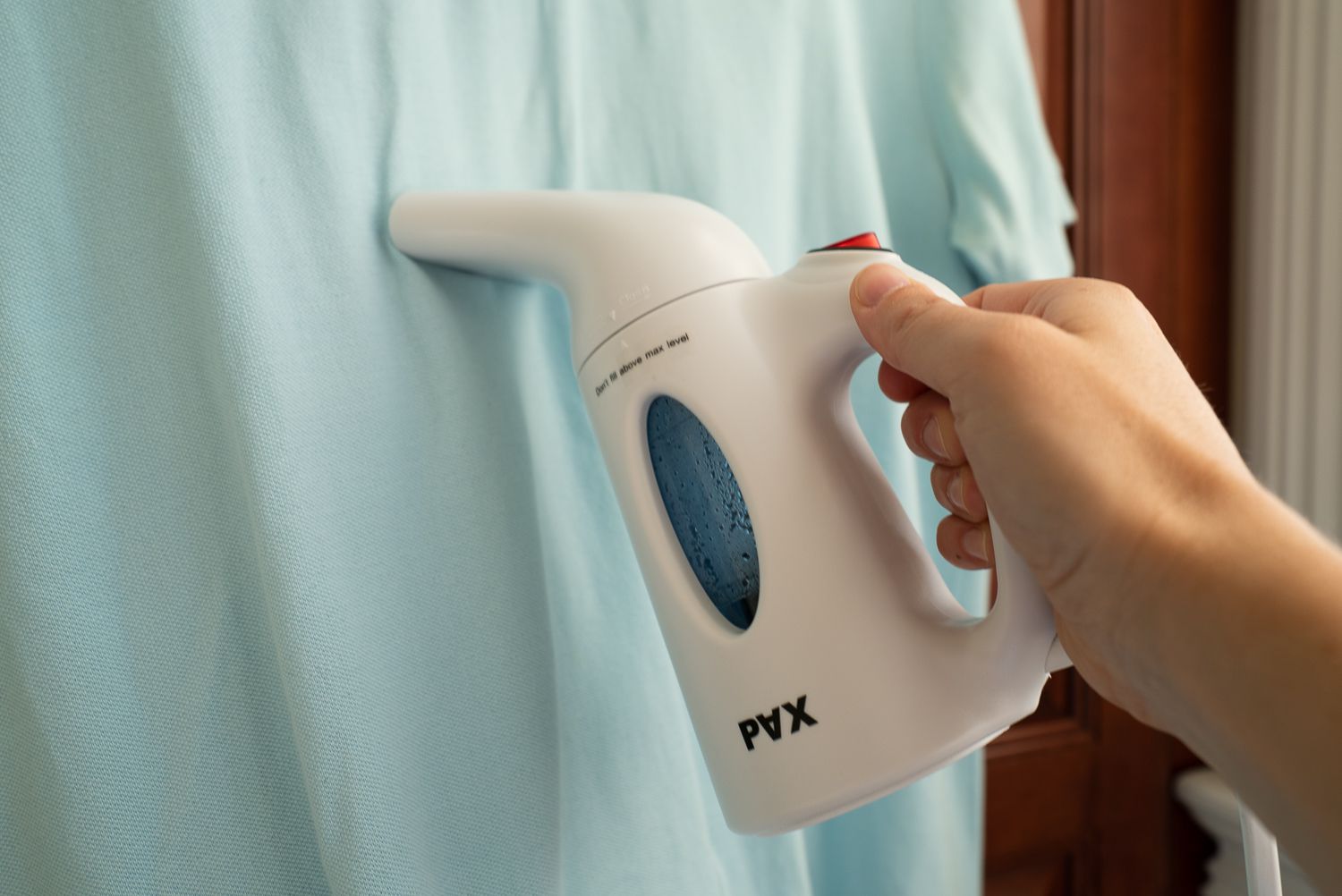
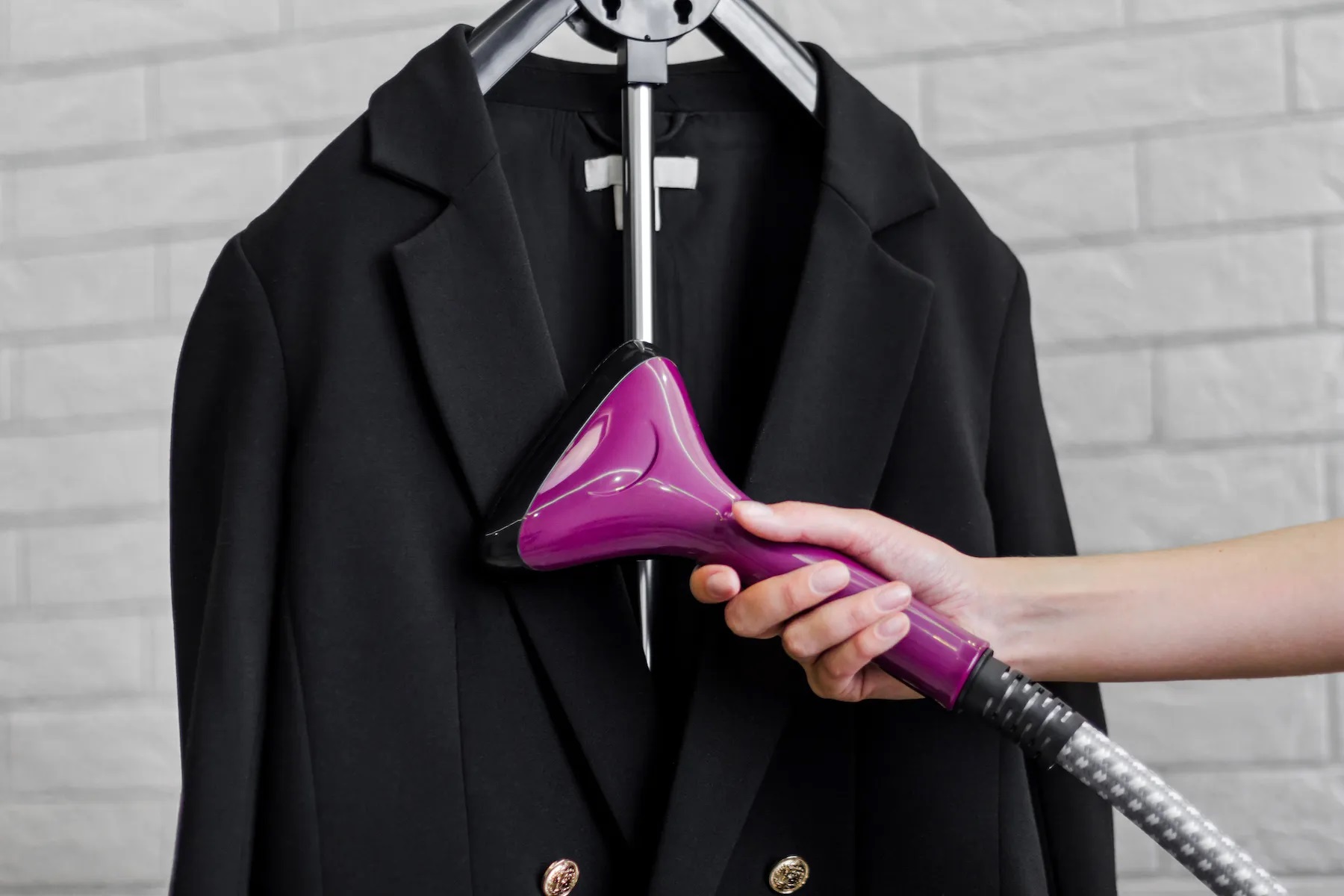
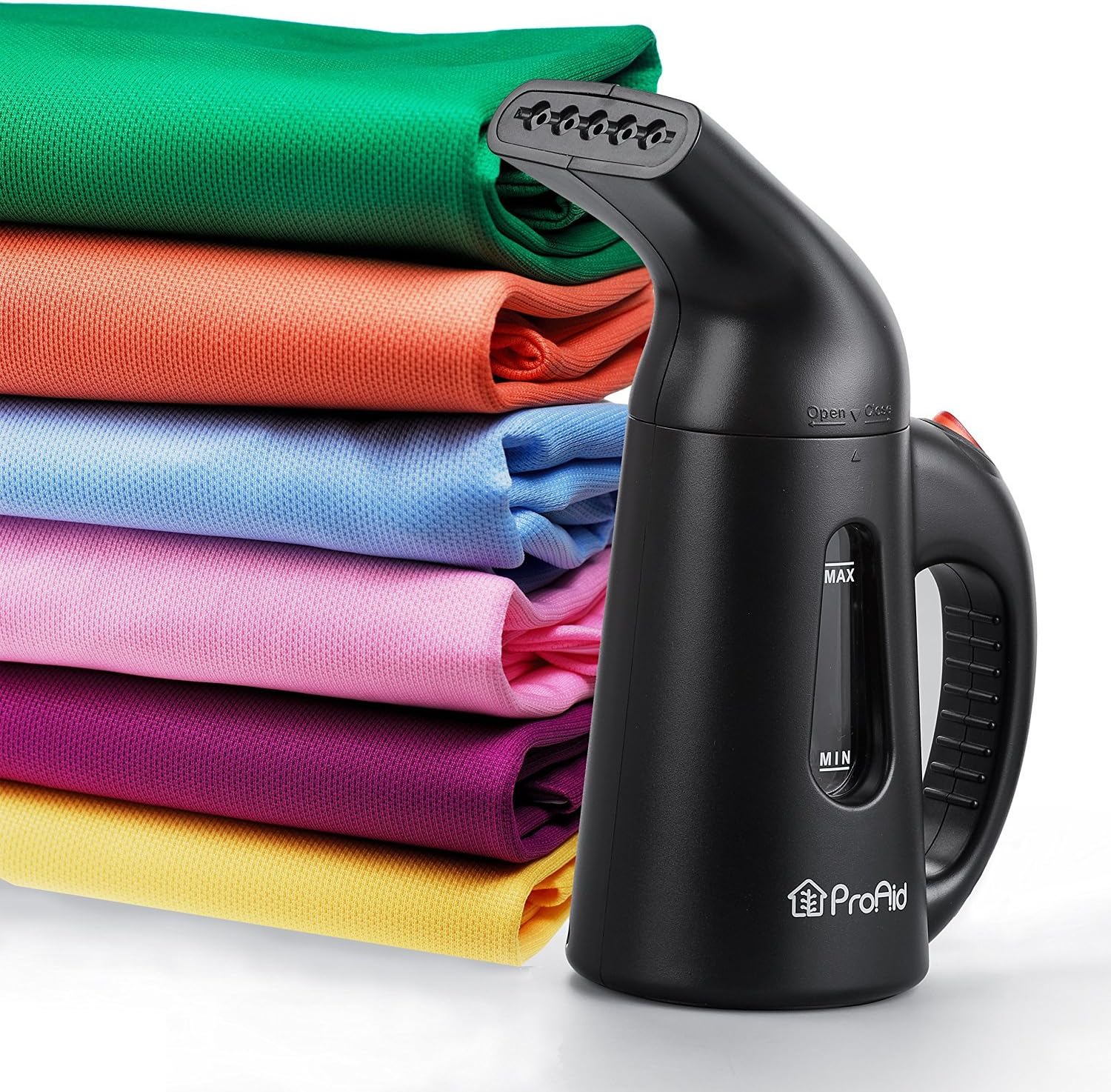
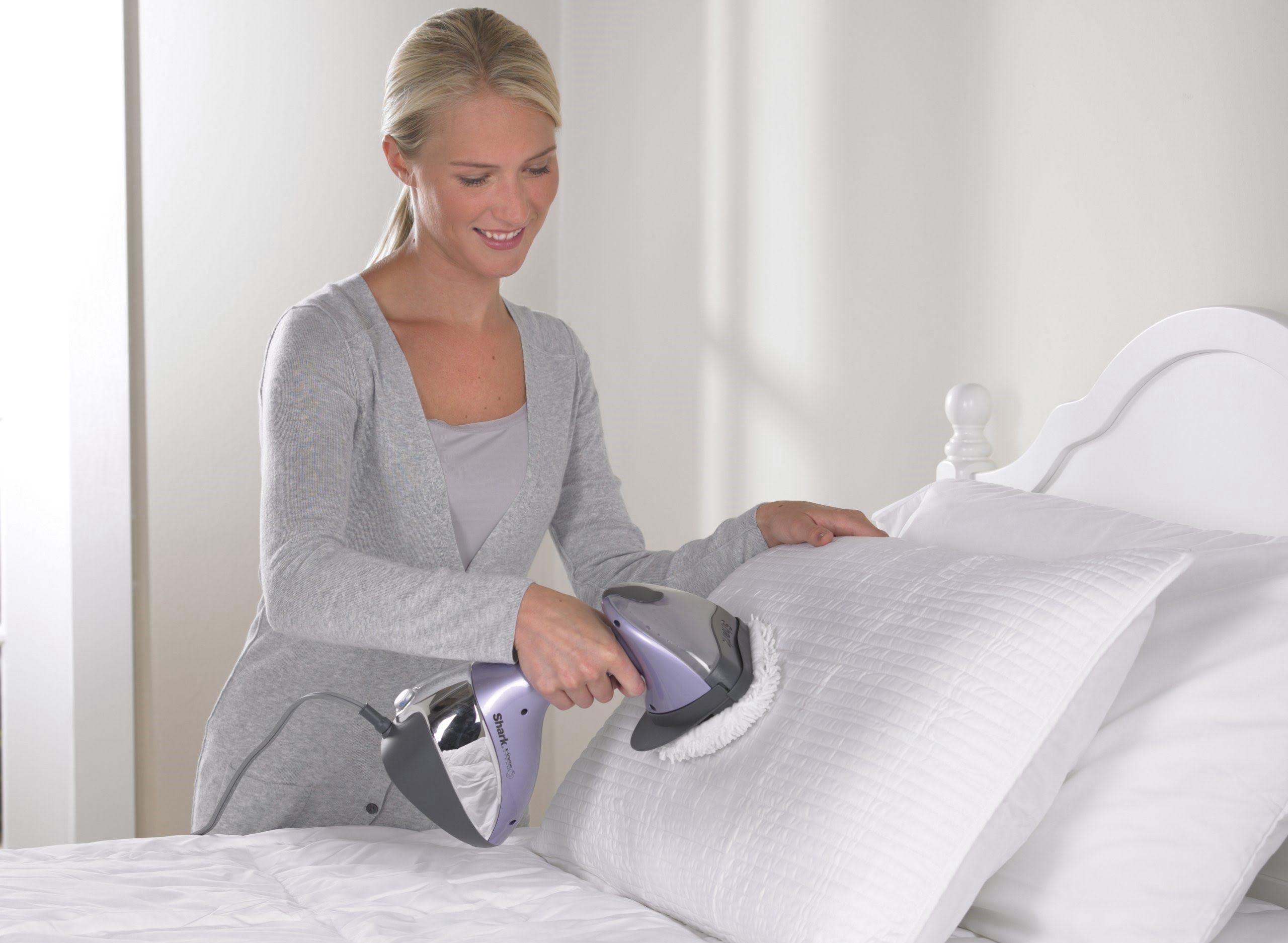
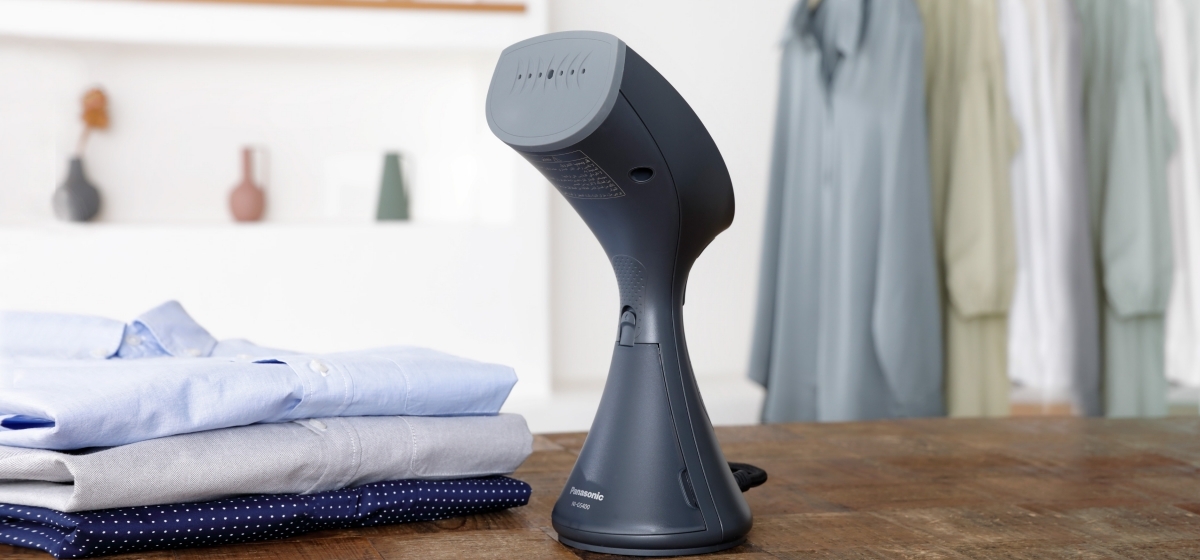
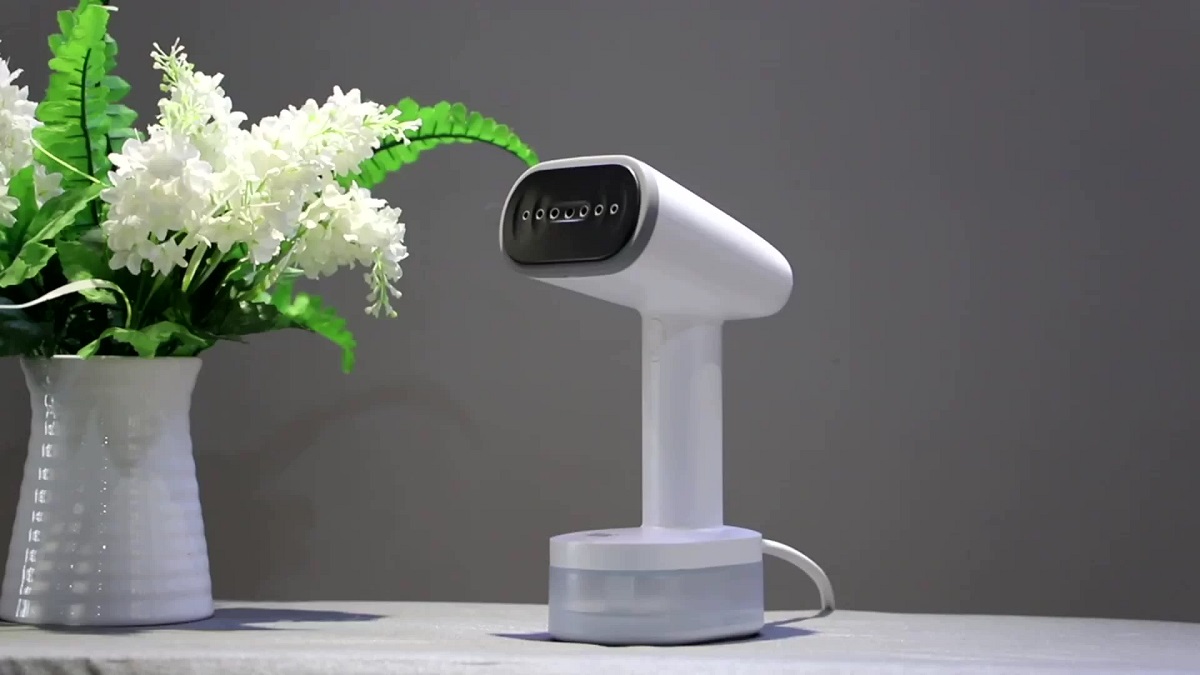
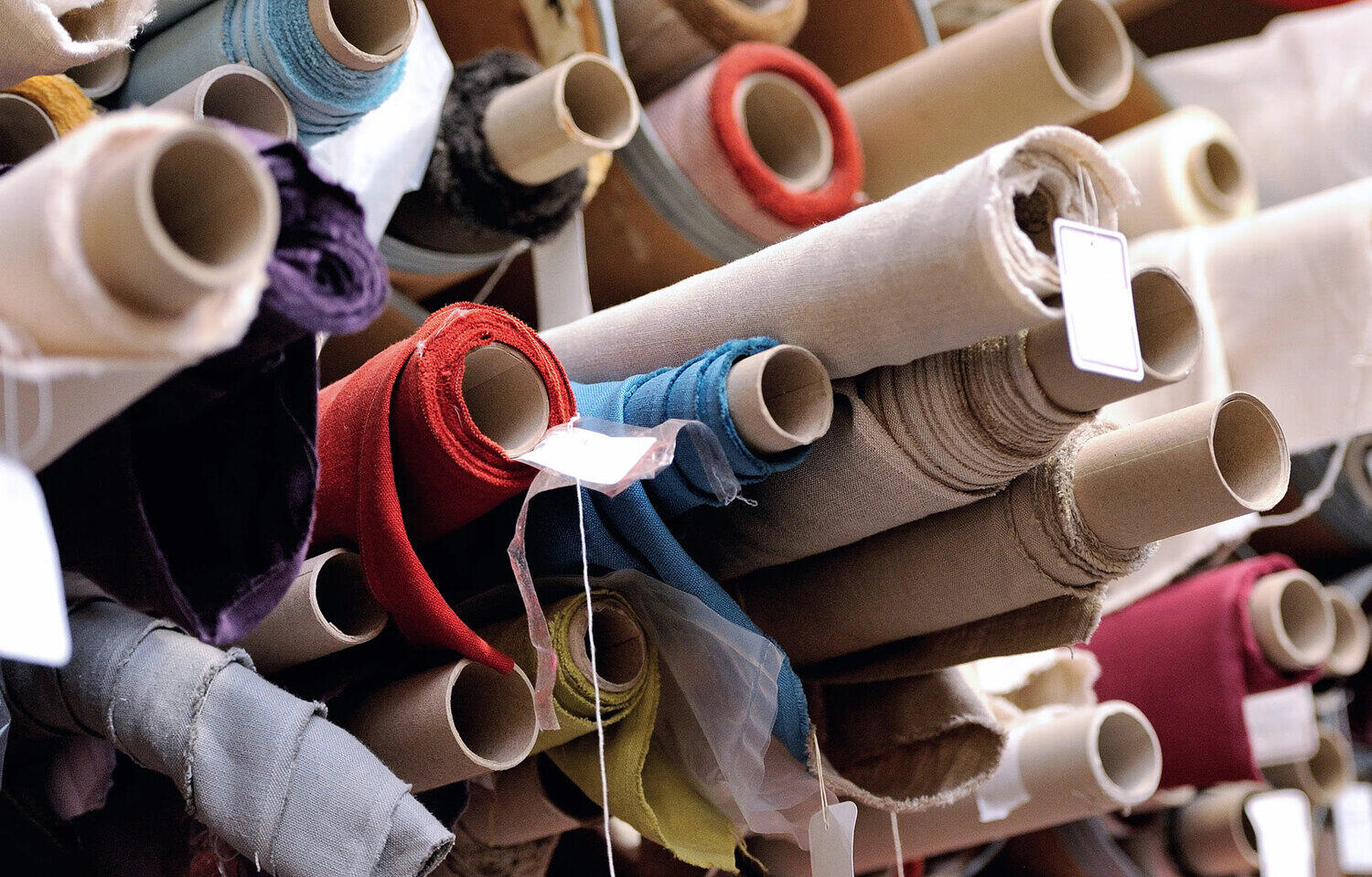
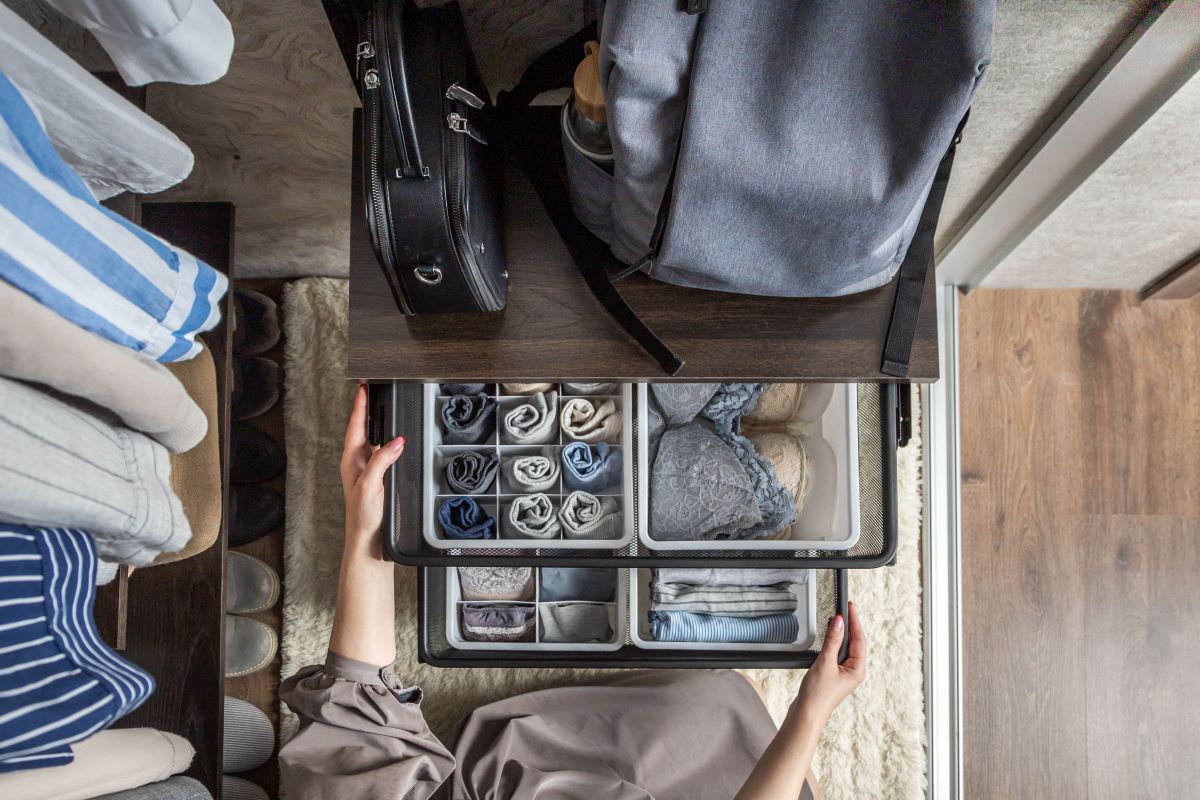
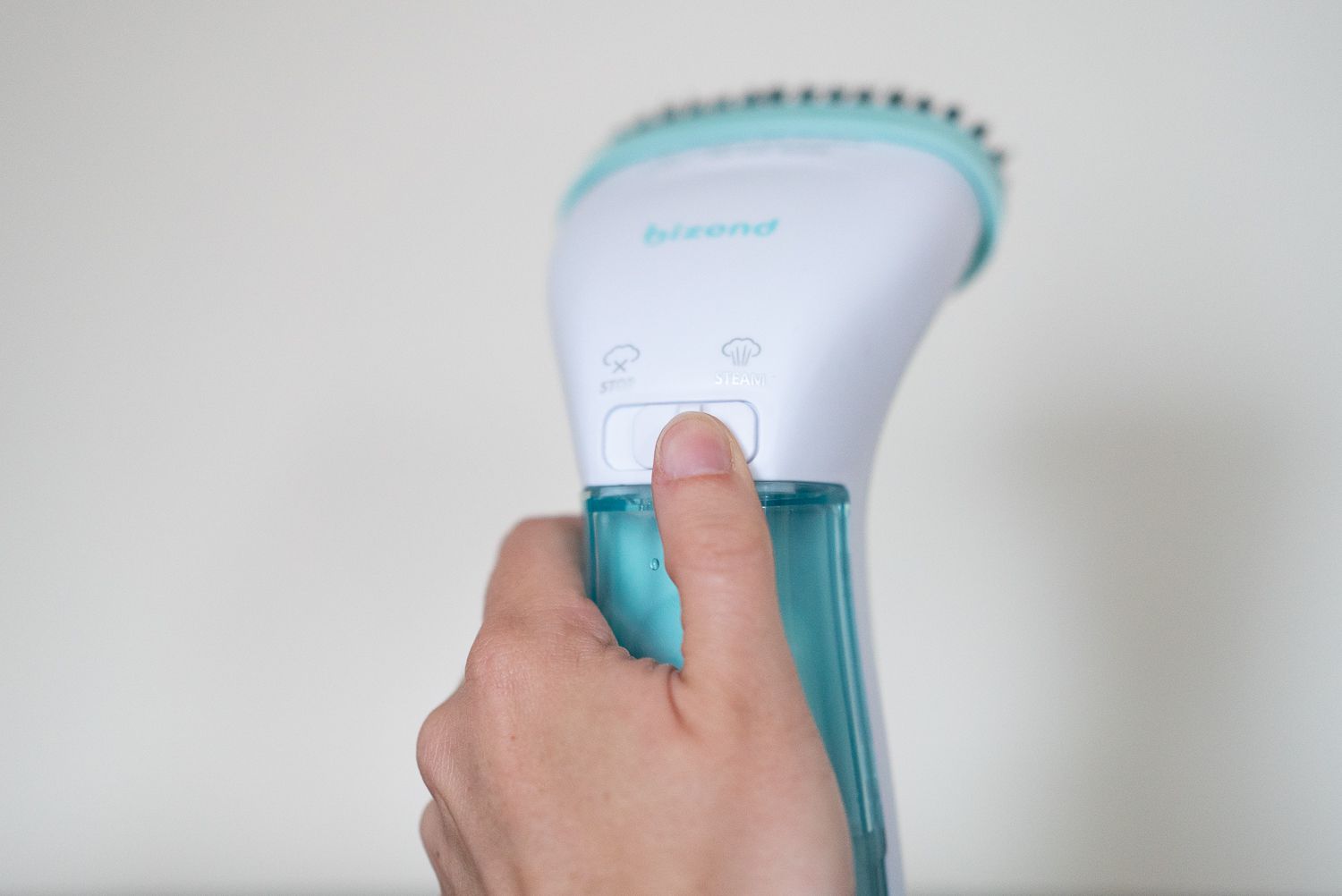
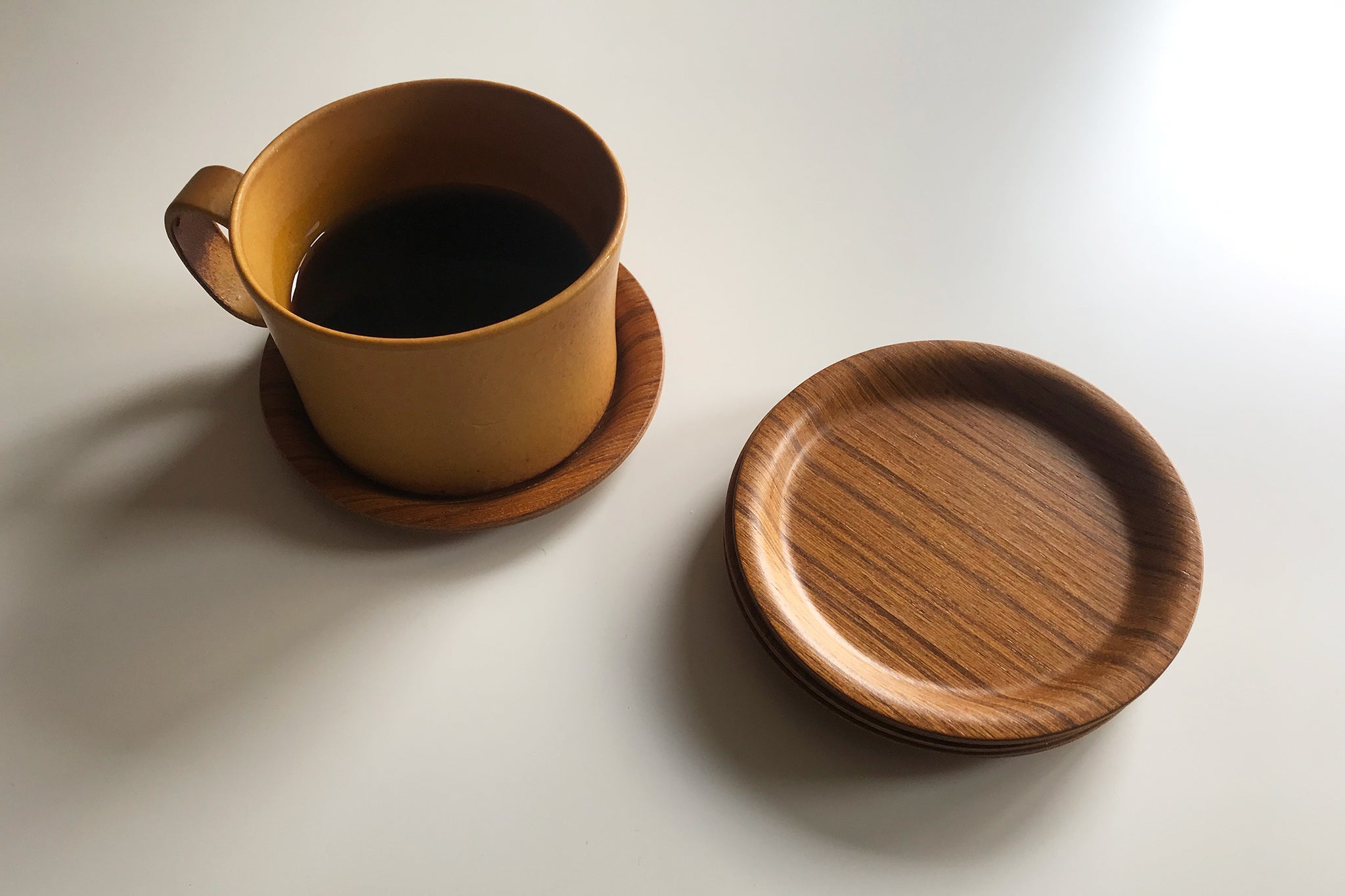

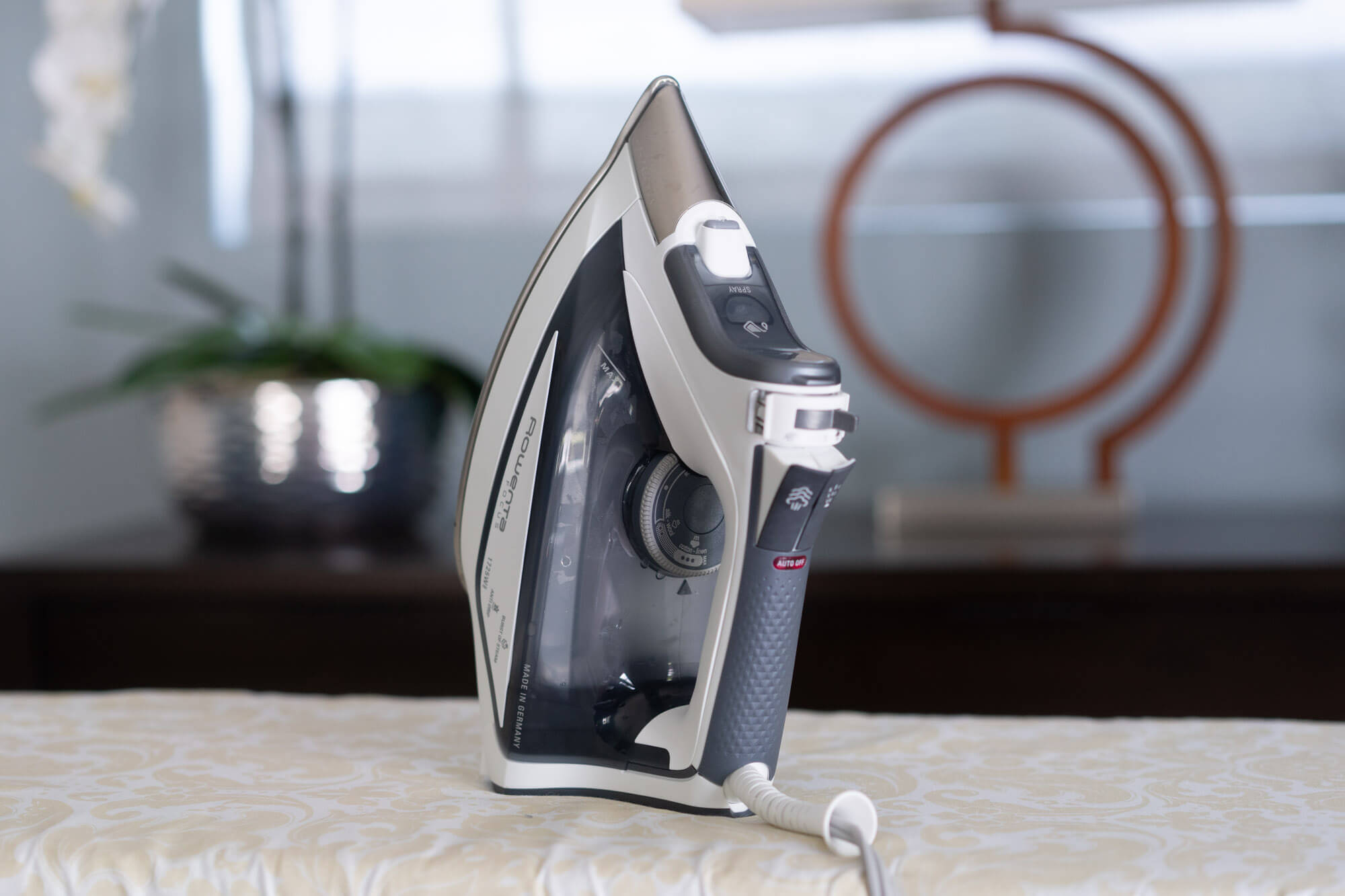
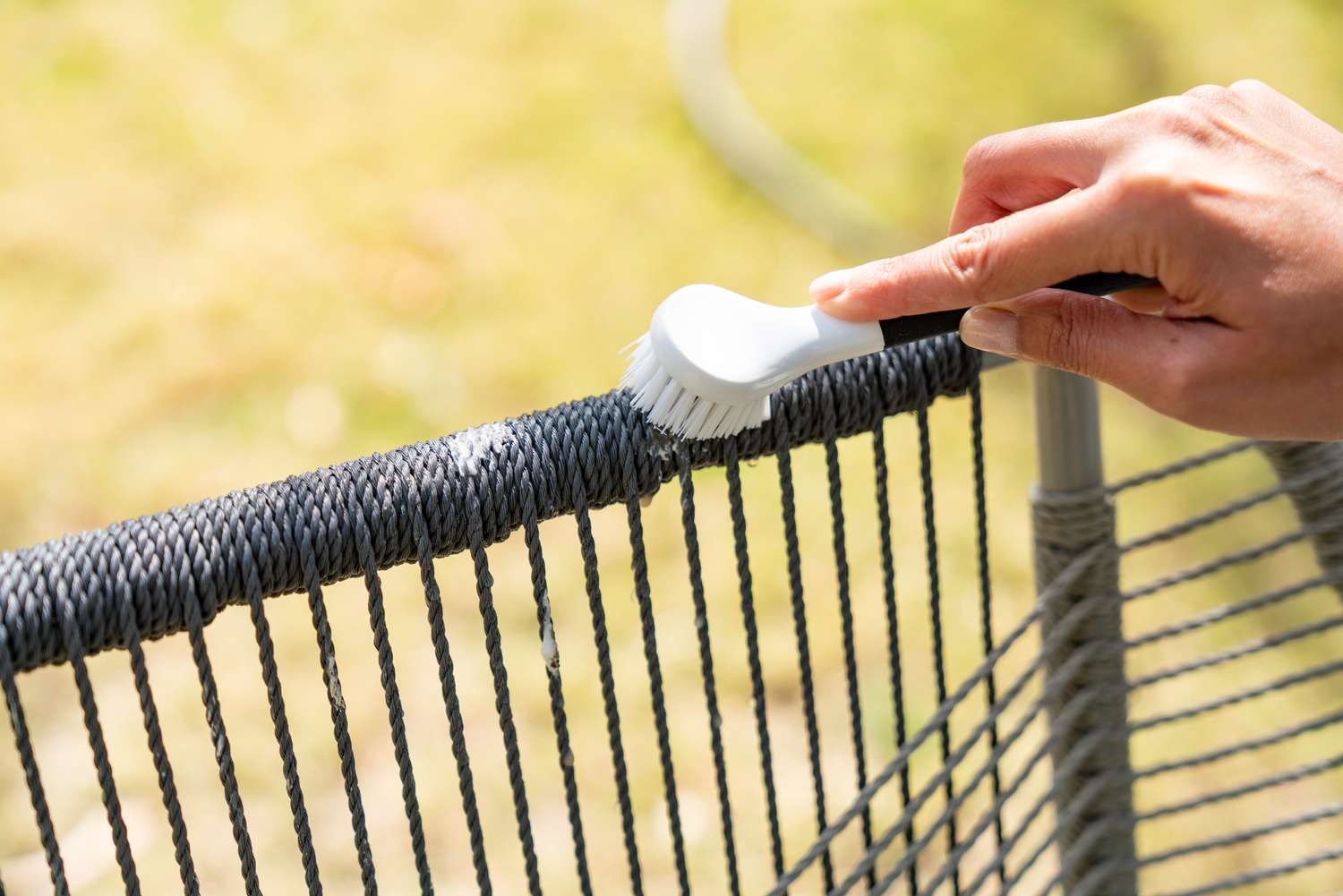

0 thoughts on “How Do Clothing And Fabric Steamers Work”